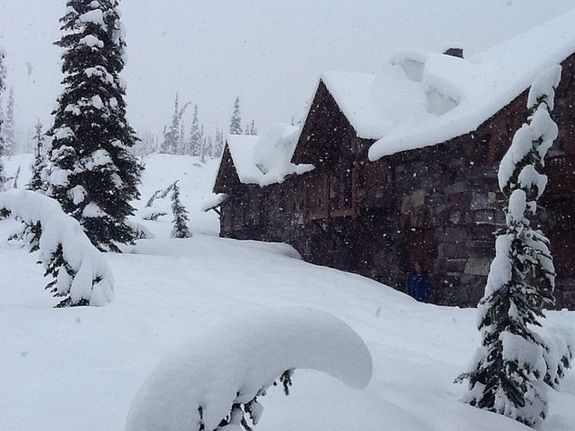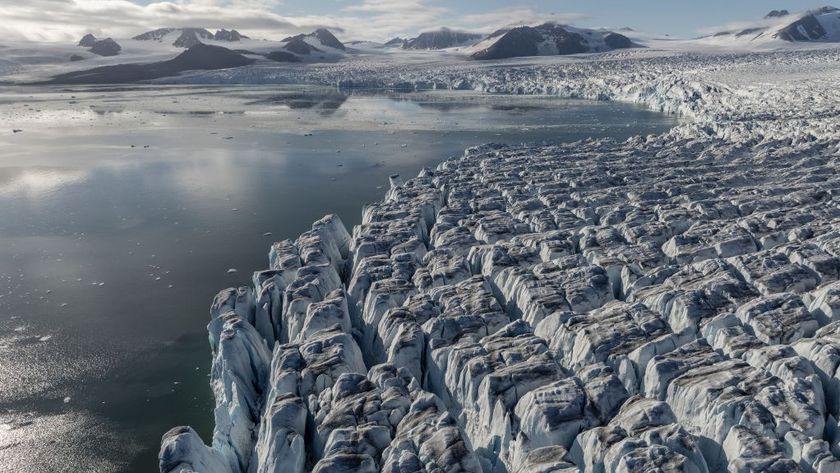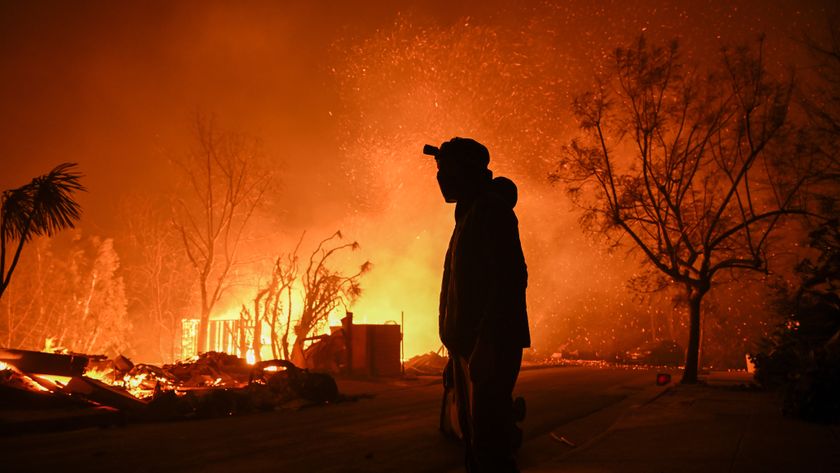Why Climate Change Won't Intensify Extreme Snowstorms

Better hold on to that snow shovel. Despite global warming, the massive snowstorms that bury cars and close down schools aren't disappearing any time soon.
Even though ferocious snowstorms will become more frequent this century, there's a glimmer of good news. Their intensity will stay about the same, according to a study published today (Aug. 27) in the journal Nature. This means the amount of snow dumped during the worst snowstorms will be similar to records set in the past.
"Snowfall extremes don't respond very strongly to climate change," said lead study author Paul O'Gorman, an atmospheric scientist at the Massachusetts Institute of Technology. [The 9 Snowiest Places on Earth]
The reason for this stability lies in the physics of snow. A snowstorm is the Goldilocks of weather: Too hot and the snow turns to rain, too cold and the air can't hold moisture, so snow never falls. Busting daily snowfall records requires an even narrower range of conditions. O'Gorman said the ideal temperature for the heaviest snowfall hovers around 25 degrees Fahrenheit (minus 4 degrees Celsius), according to his research. Wind speeds and water in the air also play a role.
O'Gorman set out to determine if global warming would change the intensity of extreme snowfall events, given their need for a certain range of temperatures. He simulated snowfall scenarios in the United States through the year 2100, using current carbon emission levels (known as RCP 8.5) in his climate models.
The study revealed little change in the intensity of major snowstorms in wintry regions. In areas where winter temperatures hover near the snow "sweet spot," the heaviest snowstorms became only eight percent less intense. The higher latitudes will shift the other way, with 10 percent more snow during extreme events, O'Gorman found. In regions where there is usually little snowfall, there will be fewer days with history-making storms.
"Snowfall extremes prefer a temperature range right around freezing, and they will continue to occur at about the same temperature," O'Gorman told Live Science. "This is consistent with what we know about the basic physics about how snowfall depends on temperature."
Sign up for the Live Science daily newsletter now
Get the world’s most fascinating discoveries delivered straight to your inbox.
The paralyzing snowstorms of the past few years have bolstered climate change skeptics, who use the record-setting snowfalls as evidence against global warming. Recall the Snowmageddon and Snowpocalypse storms in early 2010, when blizzards smacked the East Coast and heavy snowfall shutdown most U.S. government offices in Washington, D.C.
But these extreme storms actually fit nicely with predictions from climate scientists, according to a flurry of research published in the past decade.
Warmer air holds more moisture, and adding moisture to storms is like squirting lighter fuel onto a fire. The result is either more rain or snow, depending on storm conditions. The new U.S. National Climate Assessment, released in May, projected more winter and spring precipitation in the northern U.S. this century, because of this atmospheric moisture boost.
On the other hand, climate models forecast less snow overall by the end of the century. The global rise in yearly temperatures means shorter snow seasons, with a late start and earlier spring melt. This will bring down the average snowfall for the year, studies suggest. O'Gorman's models also found that some regions would see a significant loss in average winter snowfall.
It sounds counterintuitive: Less snow, but more frequent severe snowstorms. Still, the underlying cause is the same — hotter temperatures. And the United States is getting hotter: 2014 is on track to become the third hottest year on record since 1880, according to the National Oceanic and Atmospheric Administration.
O'Gorman plans to analyze records of extreme winter snowfalls and look at whether there is a winter weather pattern similar to his modeling results.
"Snow is very interesting because we expect it to be quite sensitive to changes in climate, but people haven't looked much at these heavy snowfall events," O'Gorman said.
Email Becky Oskino r follow her @beckyoskin. Follow us @livescience, Facebook & Google+. Original article on Live Science.

Most Popular




